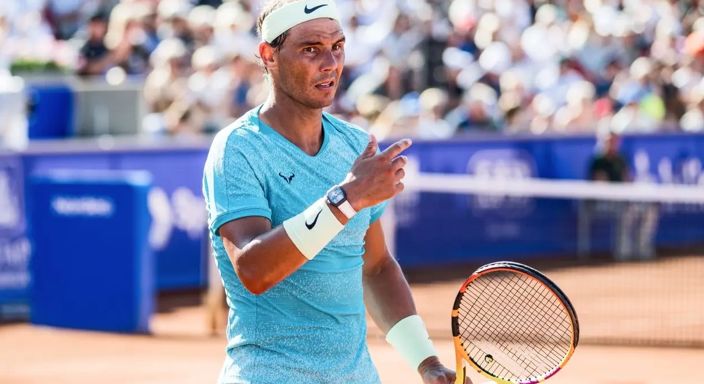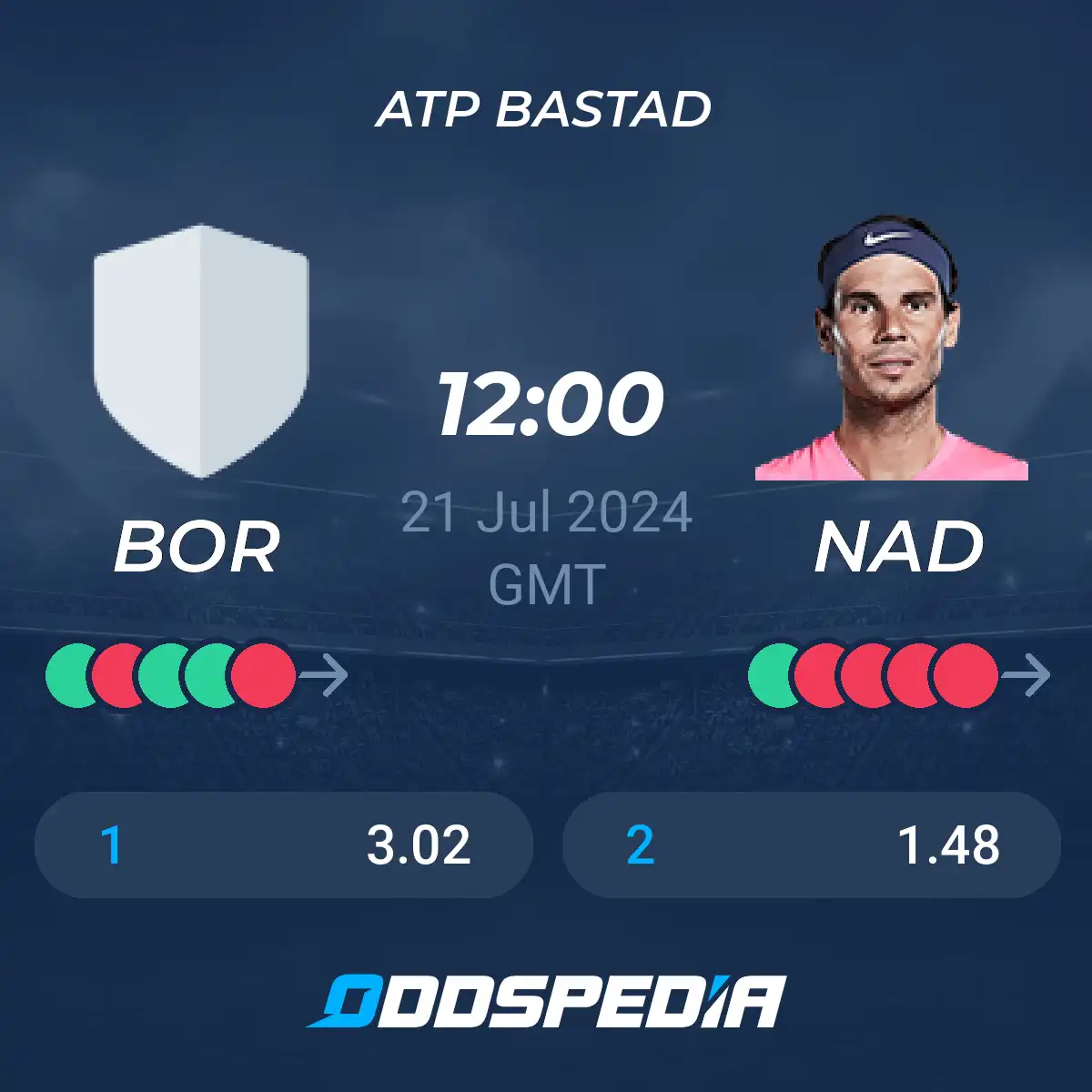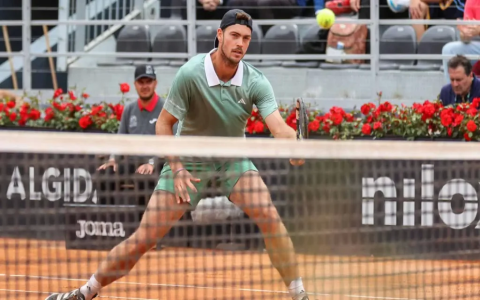Okay, here’s my attempt at sharing my “nadal borges prediction” journey, warts and all!

Alright folks, so I got sucked into this whole Nadal vs. Borges prediction thing, and I figured, why not document the wild ride? I mean, I’m no expert, just a regular dude who likes tennis and messing around with data. Let’s dive in.
First things first, I started by gathering data. I scraped a bunch of match stats from different tennis data websites. I’m talking about everything – aces, double faults, first serve percentage, winners, unforced errors… the whole shebang. It was messy, let me tell you. Different sites had different formats, some data was missing, and some was just plain wrong. I spent a good chunk of time cleaning it up in a spreadsheet, standardizing the formats, and filling in the gaps as best as I could.
Next up, I needed to figure out what to do with all this data. I’m not a data scientist by trade, more of a “learn as I go” type. So, I googled around for tennis prediction models. I found a few articles about using Elo ratings, and some folks talking about machine learning models like logistic regression and random forests. Seemed complicated, but I decided to give it a shot.
I picked Python, ’cause that’s what everyone seems to use for data stuff. I dusted off my rusty coding skills and started with a simple Elo rating system. I found some code online and adapted it to my data. It was a bit clunky, but it gave me a baseline prediction. Nadal was, unsurprisingly, heavily favored.
Then, I got ambitious. I decided to try a logistic regression model. I used scikit-learn, a Python library for machine learning. I fed it all my stats, split the data into training and testing sets, and let it do its thing. The initial results were… not great. The model was overfit to the training data and didn’t predict very well on the test set. I played around with different parameters, regularization techniques, and feature selection methods. It got slightly better, but nothing amazing.
Honestly, I spent way too much time trying to fine-tune this model. I added more features, removed some, and even tried combining Elo ratings with the logistic regression output. It was a rabbit hole. In the end, my “best” model predicted Nadal would win with something like an 80% probability. Not exactly groundbreaking stuff, I know.
So, the match happened. And what happened? Nadal won. Shocker. But here’s the thing: he didn’t just win, he absolutely crushed Borges. My 80% probability felt way off. It was more like 99.9%. Maybe I’m overthinking things, but my models didn’t capture the sheer dominance Nadal displayed that day.
Lessons Learned
- Data is King (and a Pain): Cleaning and preparing data is way more time-consuming than building the model itself. Garbage in, garbage out, as they say.
- Simpler is Sometimes Better: My fancy logistic regression model didn’t perform significantly better than the simple Elo rating system.
- Domain Knowledge Matters: I’m not a tennis expert. I don’t know what specific stats are most important, or how different playing styles match up. That probably hurt my predictions.
- Luck Plays a Role: Tennis matches can be unpredictable. A lucky shot, a bad call, or a sudden injury can change everything. No model can account for that.
Overall, it was a fun little project. I learned a lot about data analysis, machine learning, and the importance of domain expertise. And hey, at least I got the prediction right, even if the probability was way off! Maybe next time I’ll try something different, like incorporating betting odds or player sentiment analysis. Who knows? The possibilities are endless.

That’s my story. Hope you found it somewhat entertaining, and maybe even a little bit helpful. Now, I’m off to find another project to sink my teeth into!













